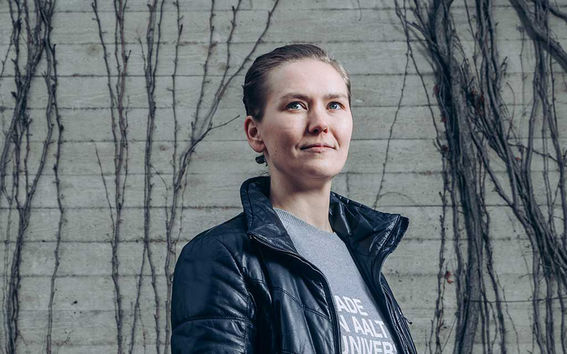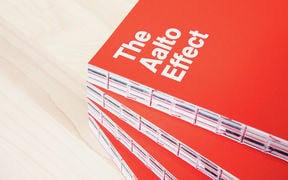Small Finland is a big player in the circular economy of metals

Mari Lundström, Assistant Professor in Hydrometallurgy
My field of research is hydrometallurgy, which is a field of science of metal processing through aqueous media. At the same time, I am also an expert in metal recycling and I lead the BATCircle consortium, which promotes a circular economy of battery metals and has received a large amount of funding.
When I moved from industry to the university, I wondered if there was some new expertise which the university could offer to the sector. The rapid mainstreaming of solar panels and electric cars means that we will soon have a huge amount of metal containing waste on our hands, and no one has any broad industrial experience of how to recycle it. Industry naturally focuses on operations which can bring a profit in the fairly short-term and so it cannot alone solve all the new challenges of the circular economy of metals. Universities can help in this by carrying out research, and at the same time they can be influencing society.
Two years ago, Finland didn’t even make it into the drafting group for the European Union’s Strategic Energy Technology Plan (SetPlan). Then we gathered together four universities, two research institutes and 22 companies to form the BatCircle consortium. The EU saw the potential for cooperation, and this consortium led by Aalto and Outotec was given the responsibility for the battery recycling strategic planning for the whole of Europe.
In February 2019, Business Finland approved a grant of €10 million to BatCircle. The goal of the consortium is that the value of the battery market in Finland would reach as high as €5 billion. Our strength is that our expertise encompasses the whole product life cycle, from boosting the efficiency of primary mining operations to improving recycling processes and developing new business models. At the European level, this is something unique.
I am particularly interested in how metal recycling can be made truly profitable. In our research, this has sometimes even received criticism: reviewers of publications have taken issue, for example, with the heterogeneity of the raw materials that we use and asked why we don’t use purer, more representative samples. Our desire, however, is to use the real battery waste that comes for recycling so that the research is representative and useful at the practical level.
There are many challenges in the circular economy for metals. One of these is how recycling is organised. At the moment, old mobile phones, for example, get stored in people’s cupboards instead of being recycled. There is also a need for discussion within the industry and in society on how products could be made more recyclable. Digitalisation and new business models could revolutionise many areas. At the moment, for example, a car battery is a bit of a black box from the recycling perspective, since its exact chemical content is not exactly known. In the future, it will be possible to use technology to mark and track metals – we could have fair trade metals in the same way that we now have fair trade bananas and coffee. It may also be that a car’s metals are not sold on but are instead returned to the manufacturer, or that the whole car is simply leased to begin with.
I hope that in the next two years BATCircle will produce research through which Finnish businesses will be able to create new products and services: integrating recycled raw materials into traditional processes, salvaging new metals or selling our recycling expertise overseas. We want to do the kind of work which will mean that Finland and Aalto University continue to be seen worldwide as the top partners to work with in the circular economy of metals.
From clean energy to personalized medicine – a book about the power of the university
The Aalto Effect is a tribute to the ambitious and uncompromising work of dozens of researchers.

- Published:
- Updated:
Read more news

Pengxin Wang: The internship was an adventure filled with incredible research, unforgettable experiences, and lifelong friendships.
Pengxin Wang’s AScI internship advanced AI research, fostered global friendships, and inspired his journey toward trustworthy AI solutions.
Major grant from the Kone Foundation for modern architecture research - Laura Berger's project equates building loss with biodiversity loss
Aalto University postdoctoral researcher Laura Berger and her team have been awarded a 541 400 euro grant from the Kone Foundation to study the effects of building loss on society and the environment.
Researchers aim to correct quantum errors at super-cold temperatures instead of room temperature
One of the major challenges in the development of quantum computers is that the quantum bits, or qubits, are too imprecise. More efficient quantum error correction is therefore needed to make quantum computers more widely available in the future. Professor Mikko Möttönen has proposed a novel solution for quantum error correction and has received a three-year grant from the Jane and Aatos Erkko Foundation to develop it.